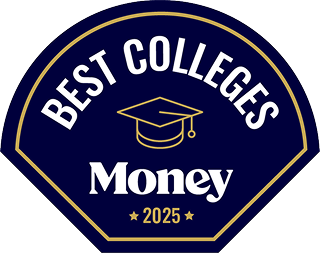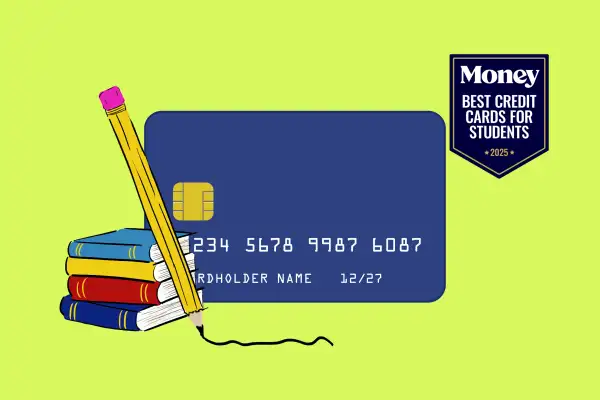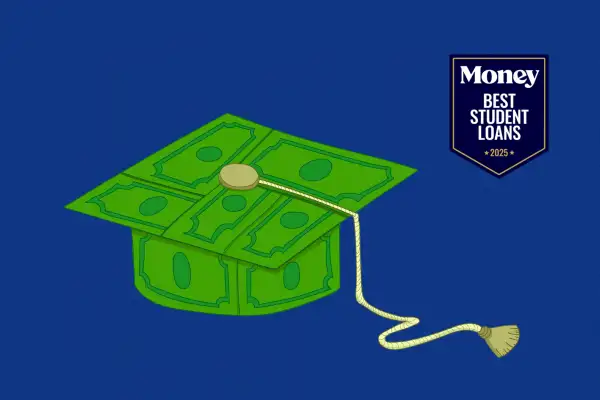Johns Hopkins is recognized as the first research university in the country, and over the decades since its founding, faculty and students have had a hand in a long list of innovations. In 1889, for example, they introduced the idea of using rubber gloves during surgery. More than 135 years later, the university is well known for its pre-med programs, as well as its science and engineering degrees.
Academics are tough, and the school's 5,600 undergrads will find few (if any) classes they can ace without hard work. The student-to-faculty ratio is 6:1 and the average class size is 21 students, making it easy to form connections with professors. Eighty percent of students participate in research, and 85% have at least one internship experience. About 87% of first-year students go on to earn a degree in four years.
Students don't neglect their social lives, however, and there's plenty to do outside of class. Just look at the Spring Fair, an annual event known for its funnel cake and concert. (Recent performers include The Beaches and Toosii.)
The Baltimore school has some 430 student organizations, including multiple a cappella groups, academic groups and Knotty by Nature, which celebrates natural hair in the Black community. In terms of athletics, JHU is known for its Division I men's and women's lacrosse teams — but students can also play pickleball, ultimate Frisbee and dozens of other club sports.





